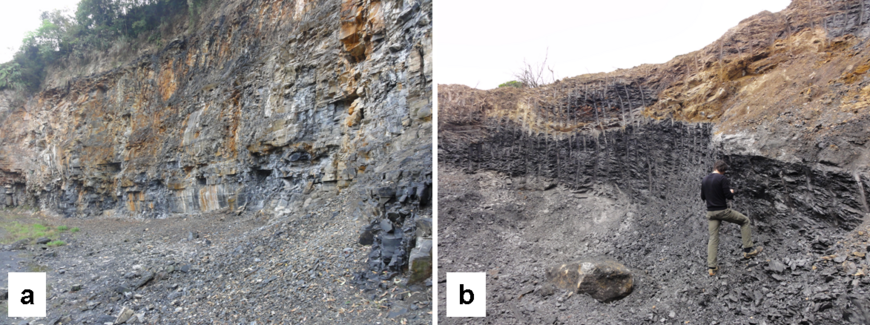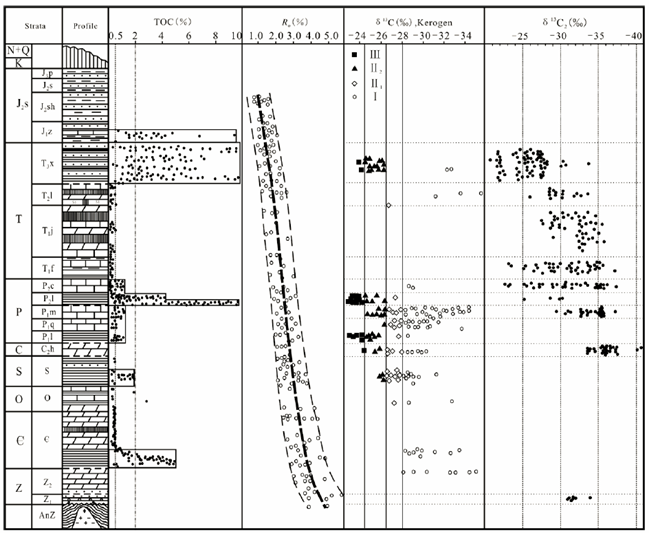Shale Gas in the Sichuan Basin: considerations of gas-in-place and fraccability
In recent years, shale gas plays have become increasingly important exploration targets around the world. In China, various black shale formations ranging from Precambrian to Cenozoic in age cover an area of more than 3×106 km2. The initial assessment showed a total shale gas potential of 100×1012 m3 and recoverable reserves ranging from 21.5 to 45 ×1012 m3 (Zhang, et al, 2009; Dong, et al, 2010; Liu, et al, 2010; EIA, 2011). The Sichuan basin is a known province of both, conventional and unconventional natural gas, located in the South China. Black shales are ubiquitous in the Paleozoic marine formations and Mesozoic transitional and lacustrine formations. It has been recognized as one of the most promising shale gas provinces in China.
Goals
This project focuses on the assessment of Gas-In-Place (GIP) and fraccability of the Lower Silurian Longmaxi black shale and Lower Cambrian Qiongzusi black shale in the Sichuan Basin and Upper Yangtze Platform, South China (Fig.1). In conjunction with the regional geology, we are performing a comprehensive investigation to determine 1) organic matter richness and kerogen properties, 2) gas content, adsorption and generation, and 3) non-organic mineral composition for the assessment of gas in Place (GIP). The analytical methods being employed include total organic carbon (TOC), Rock-Eval, pyrolysis- gaschromatography, thermovaporisation-gaschromatography, fluid inclusion, organic petrology and X-ray diffraction. In addition, the phase kinetics approach is being applied to investigate petroleum property evolution in P-T space. Fraccability of shale reservoir depends on numerous complex and interdependent factors. Our ongoing project considers the following three parts:1) mineral composition and micro- to nano-scale texture, 2) porosity and permeability, and 3) material properties of brittleness and ductility. They are realised by analyzing the mineral composition and texture on different scales using microscopy, X-ray diffraction (XRD), scanning electrom microscopy (SEM) and transmission electron microscopy (TEM), plus petrophysical and rock mechanical measurements.



